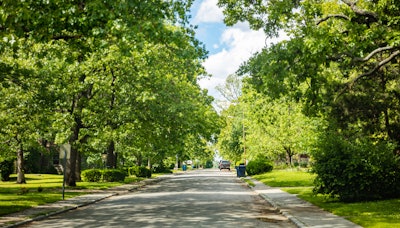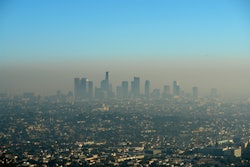
Asthma has many causes. But new research indicates an asthma diagnosis could be influenced by something outside most homes — trees. In a recent study of children living in Montreal, Quebec, Canada, researchers concluded that trees decrease the risk of developing asthma during the leafy season but increase the risk during pollen season.
According to Louise Duquesne, a master’s student at the Université de Montréal, and Audrey Smargiassi, an environmental and occupational health professor at the School of Public Health in Montreal, the study surprised researchers.
“We knew that tree pollen exacerbates the symptoms of asthma sufferers, but this study goes a step further and shows that during the pollen season, trees increase a child's risk of actually developing the condition, possibly due to prolonged pollen exposure,” Smargiassi said.
The study, "The influence of urban trees and total vegetation on asthma development in children," theorizes that while foliage is a protective “trap” for air pollutants, trees release aeroallergens such as pollens and biogenic volatile organic compounds (BVOCs). This process likely increases the risk of developing asthma, Smargiassi said.
“These mechanisms are based mainly on experimental studies; the evidence that trees and other plants actually reduce air pollution levels is inconclusive. It's also been suggested that trees reduce the risk of asthma by lowering stress levels,” she said.
Researchers followed 300,000 children born in Montreal between 2000 and 2015, up to the age of 12. They estimated the total vegetation each child was exposed to, using satellite data to calculate a so-called NDVI (Normalized Difference Vegetation Index) for the child’s neighborhood. Researchers also used laser-based remote sensing data to test the effects of evergreen and leafy trees separately.
Smargiassi said future research could help determine specific characteristics of plants that impact human health, which could lead to improved urban planning.























